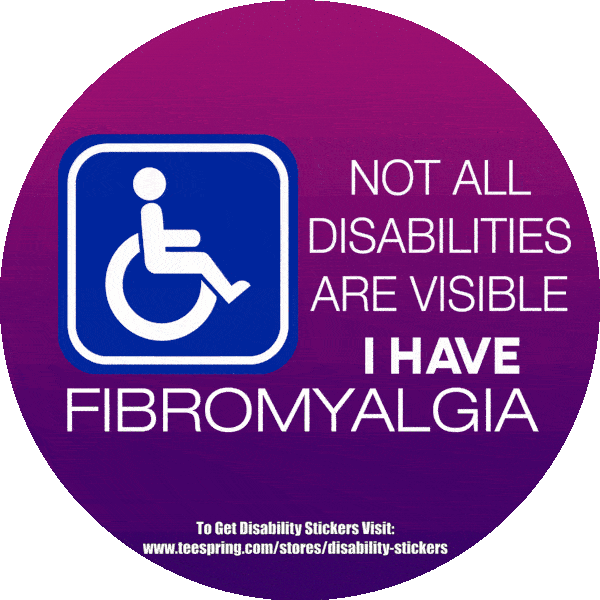When people think of fibromyalgia, they often think of older individuals as being the ones who suffer with this. However, fibromyalgia is one of those illnesses that can affect men, women and children. While it may be found more commonly in women, anyone can be affected by this regardless of age, race, and ethnicity.
The causes of fibromyalgia are debated daily among medical professionals. This is the illness that has been studied and researched more frequently in the last few years due to overwhelming new patients who are diagnosed with this.
The causes of Fibromyalgia
There are several causes of fibromyalgia that have been pinpointed by the numerous studies that have been performed. These causes range from having a major infection at some point in their lives, to injuries that have occurred. However, more recently, studies are showcasing that emotional trauma could lead to developing fibromyalgia.
Specifically speaking, PTSD or post traumatic stress disorder is being linked to those who are developing this illness.
What is PTSD?
PTSD is a disorder that developed in some people who have who have experienced an event that was shocking, scary or dangerous.
This is being seen in many military men and women who are faced with combat, in rape survivors, and others who have been through an emotionally tiring situation. In a traumatic situation, the flight of fight response is activated in the person.
For many people, they are able to get over this. However, in others, this flight or fight response stays activated in the body which can cause several different issues.
For example, a person with PTSD may feel stress or scared in situations that are not really that dangerous. It is when this occurs that the person is diagnosed with PTSD.
The signs of PTSD
There are several signs of PTSD that doctors are looking for in patients who they believe may have PTSD.
These symptoms may include:
>>Having flashbacks over the event that results in the body physically changing such as sweating or the heartbeat increasing.
>>dreams that make it hard for a good night’s sleep
>>having thoughts that are considered frightening
>>staying away from people, place of events that remind them of this event
>>avoiding their feelings and thoughts toward this traumatic event
>>Feeling tense or on edge all the time
>>having angry outburst
>>being easily startled
>>have trouble with sleeping
>>The person may have negative thoughts towards themselves or the world
>>they have distorted feelings like guilt or blame related to this event.
>>they have lost interest in those activities that they once enjoyed
>>they may have memory issues with the traumatic event that occurred, block out these events or simply not remembering these as they actually happened.
How does fibromyalgia and PTSD connect??
Now that you understand what PTSD is and the symptoms that come with this, most people wonder how this is creating a diagnosis of fibromyalgia.
The main theory is that when a person who has this level of stress in their systems from their PTSD that their serotonin levels in the brain drop.
This leads to a substance P increase that is seen in fibromyalgia patients. Those with PTSD may also find that they start to show signs of fibromyalgia on top of the PTSD symptoms that they experience.
These symptoms are
>>Feeling achy and tired all the time
>>they often report feeling as though they are living their life in a fog.
>>Memory issues
>>Having issues with sleeping
>>Stomach issues that lead to even more discomfort
Treatment for fibromyalgia and PTSD
Treating patients who have fibromyalgia due to also having PTSD results in a different approach than if the person were to simply have developed fibromyalgia
For example, trauma treatment is often one of the first recommendations to these patients.
Trauma treatment will consist of
>>visiting a therapist and talking through this trauma
>>Utilizing medications to help keep the serotonin levels where they should be
>>Group counseling to help with achieving a balance in life.
>>Learning how to turn your negative outlook on life into one that is positive
When a person is being treated for their trauma, they are going to find that this is an ongoing process
This is not something that is going to be cured in a few days’ time. It will require months, even years, of therapy to get through the trauma and start to live a life that is not bombarded with self-doubt or avoiding living.
While the trauma treatment is a must have for PSTD/fibromyalgia patients, they must also treat those symptoms of fibromyalgia.
In this case, the treatment may involve:
>>certain medications to help with pain
>>exercising to keep muscles strong
>>learning how to set limits so that you do not overdo it.
>>eating right food to avoid many stomach issues that arise from fibromyalgia.
For support and Discussion join the group “Living with Fibromyalgia and Chronic Illness”
Subscribe to our website for Email notification of our new Posts. Like and Follow us on Facebook. Swipe Left to Read more on Fibromyalgia or Click Here …

1 comment
[…] https://www.fibromyalgiaresources.com/ptsd-and-fibromyalgia/ […]